Karen started going to BYPV in January of 2005. "My daughter Tamara had started doing yoga at BY Paradise Valley in November 2004. She would come home exhausted and tell me how wonderful Bikram Yoga was - it became her mind, body, and spiritual workout. She said it was hot yoga and you really sweat.
When I worked out - running or hiking - I already sweat more than anyone else so I figured why not give Bikram Yoga a try. Also, I did yoga at the gym and really liked the stretching and mediation." She says even though it has been 8 years, she will always remember her first class. That first class seemed to go on FOREVER but when I was done I was hooked; I have been coming ever since.
Karen says there are so many reasons why she loves Bikram Yoga. Here are just a few: It is a "practice" and not a "perfect" - just need to do my best each time, builds strength, core workout, meditation, sweat, improves flexibility (my husband likes this too), all I need to do is show up (not so hard) and set aside everything else that is going on in my life (that can be hard) for 90 minutes. I deserve 90 minutes just for me.
Karen says she loves Bikram Yoga Paradise Valley because it is a beautiful, big studio with the best teachers anywhere! Other things that keep her coming back are:my fellow yogis, support and encouragement from the teachers - I am always learning more about the postures, opportunities to take special classes (like Niki's intensive class), and guest teachers!
Karen says, "this May I will be 63 years old. By my age my mother had osteoporosis. Knowing I have a number of risk factors for osteoporosis, I have taken steps to keep my bones strong. Before I stared BY my bone density tests showed signs of osteopenia (pre-osteoporosis) but after I did yoga for 2 years my bone density tests improved and have stayed at the same level since. Prior to BY I ran 20 plus miles a week and hiked but my bone density was steadily getting worse.
In the past I never thought I could do a challenge - between family and work I had too much going on to consistently do yoga everyday. Then in October 2011 I was part of a "reduction in force" and figured if there was one good thing about not having a job it was more time to do yoga so I started my first challenge, the Olympic Challenge. As it turned out I started a new job the day after the challenge ended. I even did a few doubles (2 classes in one day), another first for me. To keep my practice consistent, I look at my work schedule each week and plan the class I will be taking.
My favorite posture - hands down - it is the half tortoise. The stretch through my shoulders feels so good (my daughter, Danielle, who is a physical therapist tells me shoulder problems are common as you get older), stretch through my back feels great, and improving the blood flow to the brain cannot hurt.
My personal goal - do Bikram Yoga when I am 72, 82, 92 and beyond. My teachers tell me it is doable; I just need to keep coming. This is one of the reasons I always do the 1-year unlimited package. One of my favorite quotes: "Life is not about waiting for the storm to pass - it is about dancing in the rain."






